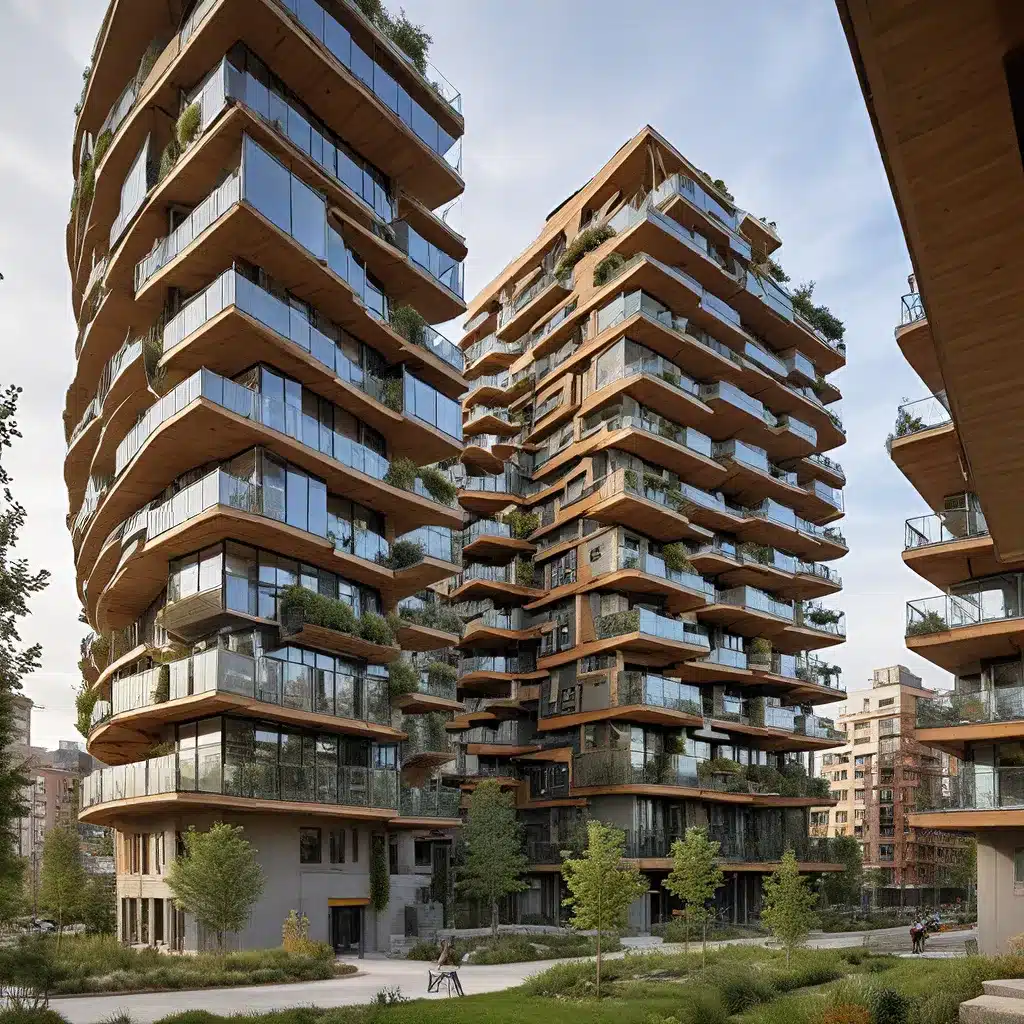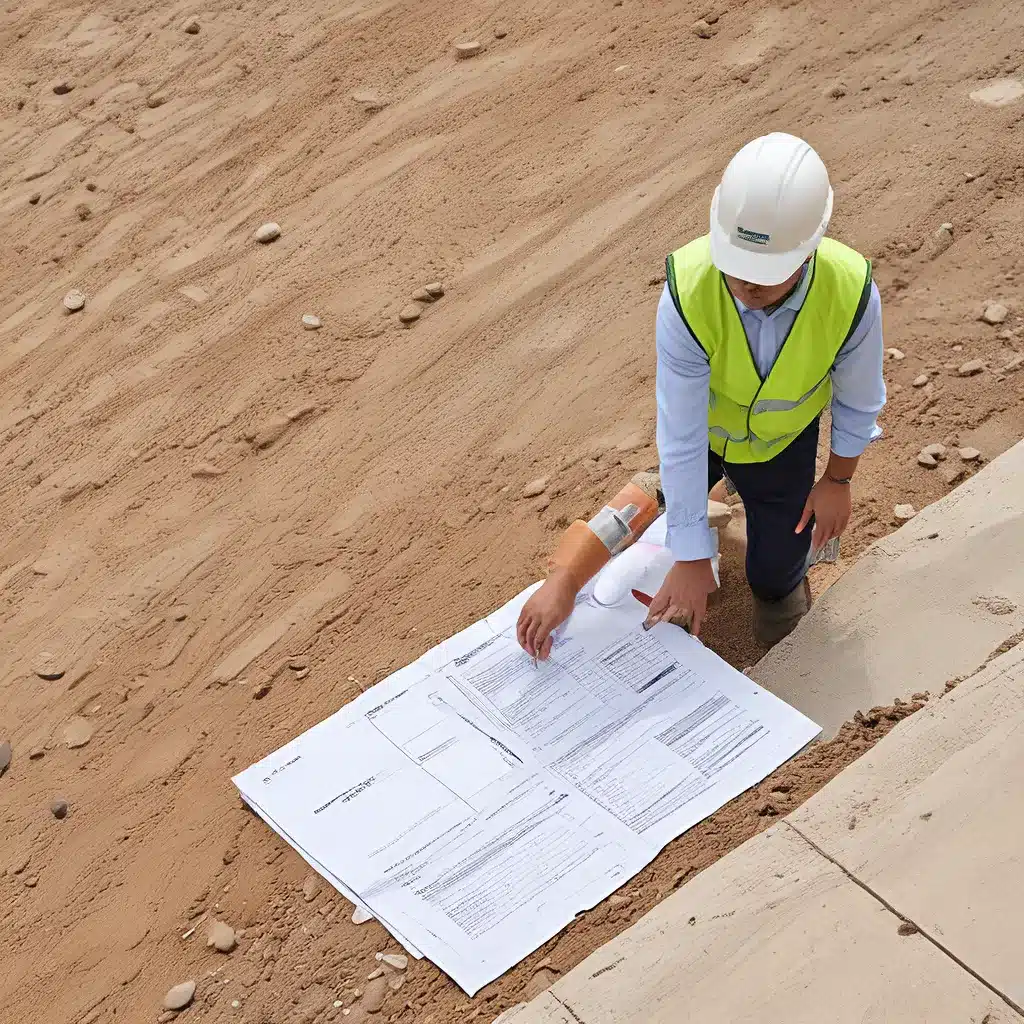
Embracing the Future of Construction: A Sustainability Revolution
As an architect with a deep passion for sustainable design, I’ve had the privilege of witnessing firsthand the transformative power of eco-friendly practices in the built environment. In an era where environmental challenges are at the forefront, sustainable architecture is no longer just a trend – it’s a necessity.
It all started when I stumbled upon a fascinating article about how renowned architecture firms are revolutionizing the way we think about construction. The insights shared in that piece inspired me to delve deeper into the world of sustainable architecture, and let me tell you, what I discovered was nothing short of mind-blowing.
Redefining the Built Environment: Sustainable Design in Action
Picture this – a towering skyscraper that not only houses offices and residences but also generates its own energy through integrated renewable systems. Or a sprawling residential community where every home is designed to optimize natural light and ventilation, minimizing the need for artificial heating and cooling. These aren’t just futuristic visions; they’re the reality that sustainable architecture is bringing to life.
At the core of this revolution is a deep understanding that the built environment can no longer be a one-way street, draining resources and contributing to environmental degradation. Instead, we must strive to create structures that work in harmony with the natural world, minimizing their carbon footprint and maximizing their efficiency.
Sustainable Architecture: Bridging the Gap Between Vision and Reality
But how exactly do architects and construction professionals achieve this lofty goal? Well, it all starts with a fundamental shift in mindset. As one architect eloquently put it, “Sustainable architecture is no longer just a trend – it’s a necessity.” This sentiment has been the driving force behind the industry’s transformation, inspiring a new generation of visionaries to push the boundaries of what’s possible.
One of the key pillars of sustainable architecture is the use of eco-friendly materials. Gone are the days of relying solely on finite resources like virgin steel and concrete. Instead, we’re seeing a surge in the use of recycled steel, sustainable wood, and thermally efficient glass – materials that not only reduce the environmental impact of construction but also offer long-term durability and cost-effectiveness.
Harnessing the Power of Nature: Passive Design Principles
But sustainable architecture isn’t just about the materials we use; it’s also about the way we design our buildings. Take passive solar design, for instance. By strategically positioning a structure to capture the sun’s warmth during the winter and minimize heat gain in the summer, architects can dramatically reduce the energy required for heating and cooling. And the best part? It doesn’t require any complicated machinery or high-tech gadgets – just a deep understanding of the local climate and the natural flow of the sun’s rays.
Another ingenious technique is the incorporation of green roofs. Imagine a lush, verdant oasis atop a bustling urban structure, not only enhancing the building’s aesthetic appeal but also providing insulation, reducing stormwater runoff, and even acting as a natural habitat for local wildlife. It’s a win-win-win scenario that’s transforming the way we think about rooftop design.
Closing the Loop: Sustainable Water Management
But the sustainable architecture revolution doesn’t stop there. Innovative water management systems are also taking center stage, with architects and construction professionals exploring ways to minimize water consumption and maximize recycling and reuse.
Imagine a building that collects and stores rainwater for use in irrigation and non-potable applications, or one that incorporates greywater recycling systems to repurpose used water for flushing toilets and other suitable tasks. These solutions not only reduce the demand on municipal water supplies but also help to mitigate the impact of drought and water scarcity – a growing concern in many regions around the world.
The Economic and Social Benefits of Sustainable Architecture
But the benefits of sustainable architecture extend far beyond just the environmental impact. There’s a strong economic case to be made as well. By designing energy-efficient buildings that minimize operating costs and leverage renewable energy sources, architects and construction firms can deliver significant long-term savings to building owners and occupants.
And the social impact? Well, that’s where the real magic happens. Sustainable architecture has the power to transform entire communities, creating vibrant, livable spaces that enhance the quality of life for residents. Imagine a neighborhood where every home is designed to foster a sense of community, with shared green spaces, walkable streets, and easy access to public transportation. It’s a vision that’s becoming a reality in cities and towns around the world, and it’s all thanks to the innovative thinking of sustainable architecture.
The Future is Bright: Embracing Sustainable Construction
As I reflect on the incredible advancements in sustainable architecture, I can’t help but feel a deep sense of optimism about the future of the built environment. The days of unsustainable construction practices are numbered, and in their place, we’re seeing the rise of a new generation of buildings that not only minimize their environmental impact but also enhance the lives of the people who inhabit them.
At Reading General Contractor, we’re proud to be at the forefront of this sustainability revolution. Our team of experienced professionals is committed to delivering cutting-edge sustainable construction solutions, from passive solar design to innovative water management systems. Together, we’re redefining the way the world thinks about the built environment, one project at a time.
So, what are you waiting for? Join us on this journey towards a greener, more sustainable future. The possibilities are endless, and the rewards are truly transformative.
Related posts:
No related posts.




